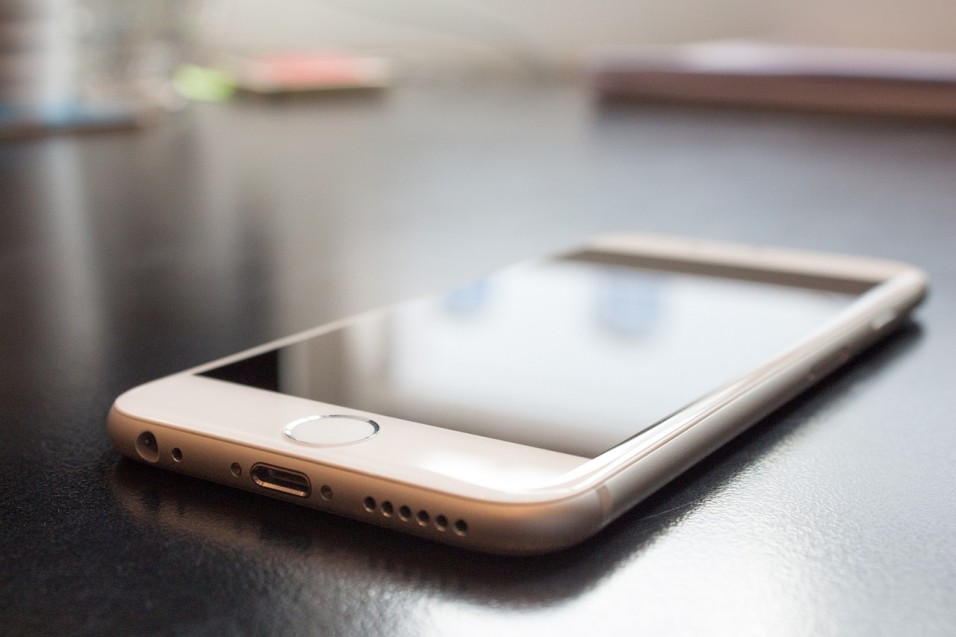Smartphones tend to be a standard possession these days. They’re becoming more affordable, they’re seen as more essential and a growing number of people own one. The market is constantly expanding to include younger members of society, as children too become caught up in technology and want all the latest gadgets. Of course, this can have consequences in school.
Smartphones undoubtedly have a number of uses. Many parents feel happier that they can contact their children whenever they need to, which can have a positive impact on children’s lives – for example, their parents may feel comfortable allowing them to walk to school if they have their phone with them. They can also prove useful as educational tools outside of the classroom, giving children access to a wide range of resources. On the other hand, there is no doubt they can wreak havoc in the classroom if strict rules aren’t put into place.
Any kind of technology is difficult enough to police, but smartphones are small and discreet, giving children the potential to access a number of non-work-related materials unnoticed. Whilst children may be allowed telephones in school, this doesn’t necessarily mean that they have any place in the classroom. It might be that your institution already has specific policies in place to tackle this.It can make your life much easier if so, as you know you’ll have support in enforcing smartphone discipline from other members of staff.
Whilst smartphones might not be appropriate all the time, they could be incorporated into some lessons. You might want to show students how to access particular academic resources, or you may allow them to take photographs to remember important points from school trips. Whatever your approach is, ensure consistency and make sure guidelines are clear, properly understood and followed.
